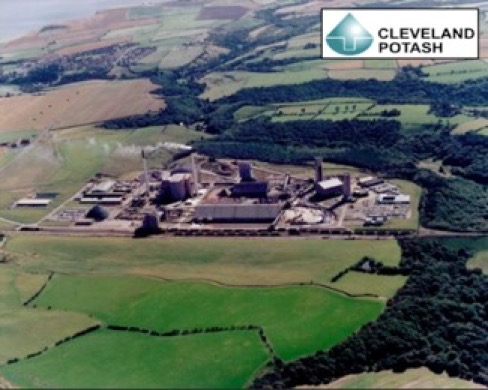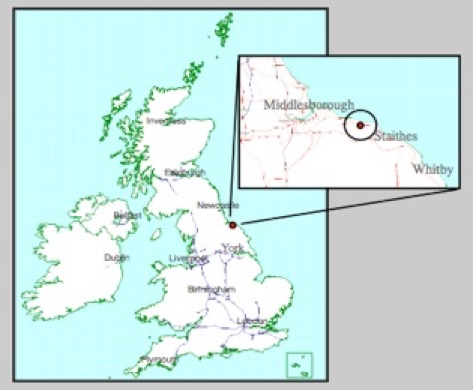Visit to Boulby - June 2013
Boulby Mine and Underground Labs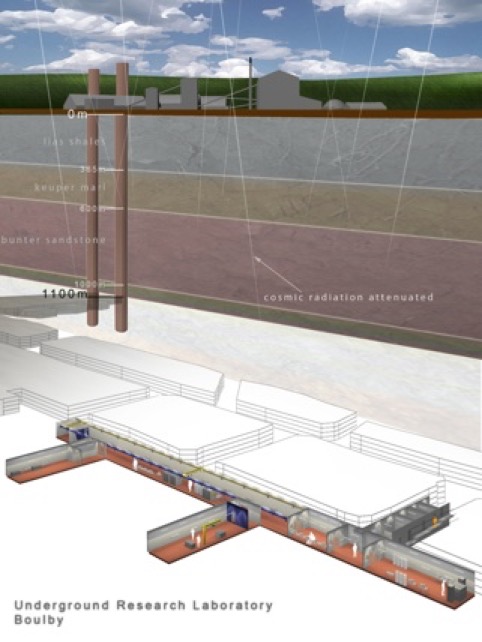
DRIFT-II
DRIFT is a low-pressure gas dark matter detector with direction-sensitivity for incident particles. In the search for Dark Matter a detector with direction-sensitivity is expected to provide the strongest signature in the case of a positive WIMP detection as well as enabling progress towards post-detection dark matter WIMP halo astronomy. DRIFT-II, the current DRIFT detector at Boulby, is the most sensitive directional dark matter in the world.
DRIFT-II is a 1m3 gas-filled Time Projection Chamber (TPC) using electronegative (CS2) gas to reduce diffusion giving maximum track reconstruction resolution. DRIFT can operate in either spin-dependent or spin-independent mode depending on the fill gas mixture used. DRIFT is both limit-setting and undergoing R&D with various studies of technique/system performance and optimisation underway.
Participating institutions:
Sheffield University,
Edinburgh University,
Occidental College,
University of New Mexico,
Colorado State University
SKY-ZERO
SKY-ZERO is a Danish / UK project to better understand the role of cosmic rays in aerosol formation in the atmosphere. Aerosols are known to be important in climate models, but the mechanisms and variables behind their creation and growth are poorly understood.
This experiment looks at the effect of controlled levels of ionisation on aerosol growth in an instrumented steel chamber containing pure air and trace additives to simulate, as well as possible, typical Earth's atmospheres.
Operating the experiment at Boulby and within a purpose build lead and copper 'castle' allows the ion-induced nucleation mechanism to be studied at lower ionisation levels than ever before. Thus enabling the investigation of (and unambiguous discrimination between) ‘neutral’ and ‘ion-induced aerosol’ nucleation and growth mechanisms.
Participating institutions:
Danish National Space Institute,
STFC Rutherford Appleton Laboratory
Birmingham University
Manchester University
Oxford University
Muon Tomography – Deep Carbon, Muon-Tides
Studies are underway to explore the use of Muon Tomography for deep 3D geological surveying applications. Muons are highly penetrating charged particles that are produced by cosmic rays from space and bombard the Earths atmosphere. On the Earth’s surface about 1 muon passes through an area the size of your hand per second.
Deep underground muons are attenuated by many orders of magnitude but the muons that do penetrate can potentially be used to produce an ‘image’ of the structures above. The technique, ‘Muon Tomography’, is similar to CT scanning in medical imaging, but as muons are more penetrating than X-rays much larger and deeper structures can be imaged.
Muon tomography has already been successfully used to image deep structures such as the interior of volcanoes and pyramids. Work is now underway to explore the use of the technique for imaging even deeper structures, with possible applications in mining and in monitoring for deep sub-surface storage initiatives such as Carbon Capture and Storage (CCS). With its existing deep underground science facility, its depth and ease of access to underground spaces of various depths Boulby is uniquely well suited to the development of muon tomography techniques and instrumentation.
Participating institutions:
STFC Rutherford Appleton Laboratory
Durham University
Sheffield University
Bath University
NASA-JPL
Astrobiology - BISAL
The field of ‘astrobiology’ seeks to investigate the limits of life on the Earth, the possibility of life beyond Earth, to prepare for the eventual human exploration and settlement of space and to apply this work to environmental challenges on the Earth. Boulby Mine, with its unique geology and existing deep underground science facility infrastructure, offers potential to make key advances in these areas.
To facilitate Astrobiology at Boulby we are establishing the Boulby International Subsurface Astrobiology Laboratory (BISAL) connected to the current Palmer Lab. A rich programme of Astrobiology work is underway for BISAL including studies of life at depth and life in salt (both of significance to studies of life on Mars), studies of the effects of radiation (and lack of it) on life and the evolution of life. Boulby is also being used as a UK ‘Analogue’ site where exploration techniques and instrumentation for the exploration of other planetary bodies can be tested in remote & realistic conditions (MINAR - Mining and Analogue Research). The analogue programme, run by the UK Centre for Astrobiology, currently involves other organisations including NASA, Surrey Space Centre and DLR.
In addition to the usefulness in astrobiology it is anticipated that some of the instrumentation development work in the above will also be of relevance to industrial geological exploration needs, for example in mining, and effort will be made to explore and exploit these links when found.
Participating institutions:
STFC Rutherford Appleton Laboratory
Edinburgh University
Ultra-low Background Gamma Spectrometry
The technique of gamma spectrometry using high sensitivity germanium detectors enables researchers to measure and identify trace levels of radioactivity in samples - an important and useful capability in a variety of studies from material selection in 'rare-event physics' to numerous studies of the environment.
Boulby currently operates a 2kg ultra-low background germanium detector for gamma spectrometry. Operating such a system deep underground, free of interference from cosmic rays, enables improved sensitivities of orders of magnitude compared to that achieved in surface facilities allowing the very lowest levels of radioactivity to be measured.
Participating institutions:
STFC Rutherford Appleton Laboratory
University College London
Royal Holloway University
Sheffield University
Edinburgh University
Glasgow University
The Scottish University Environmental Research Centre (SUERC)
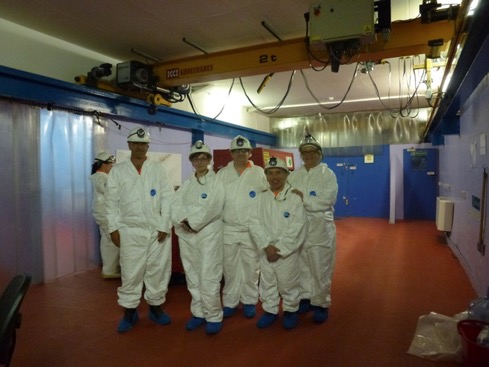
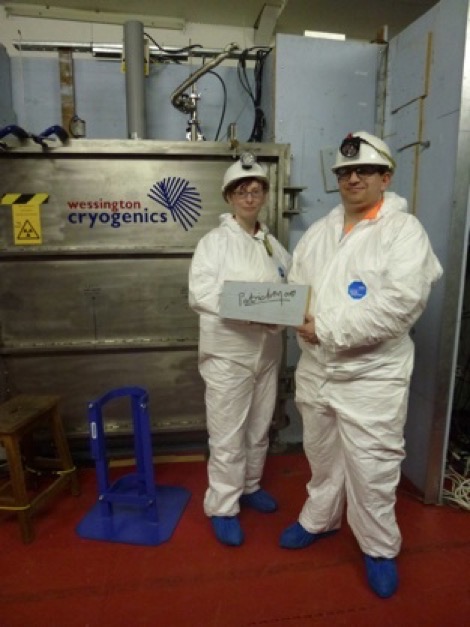
http://www.stfc.ac.uk/Boulby/default.aspx
